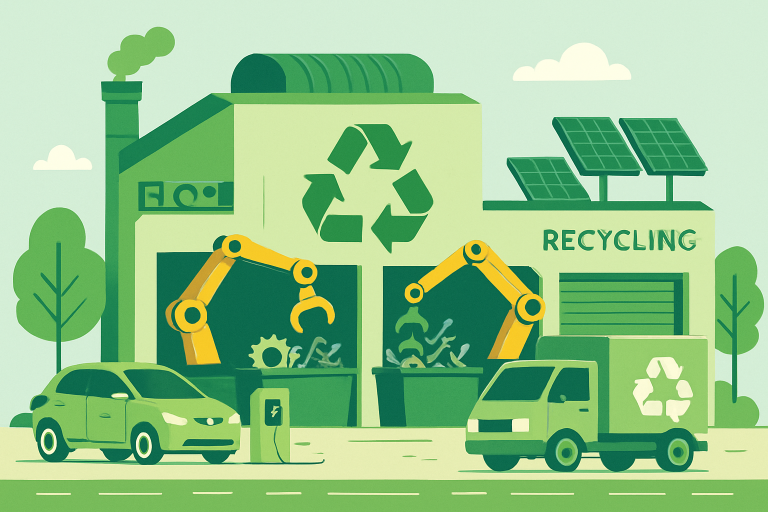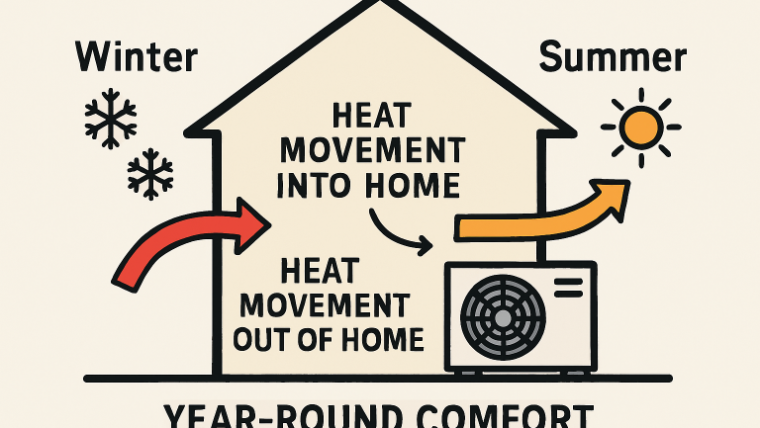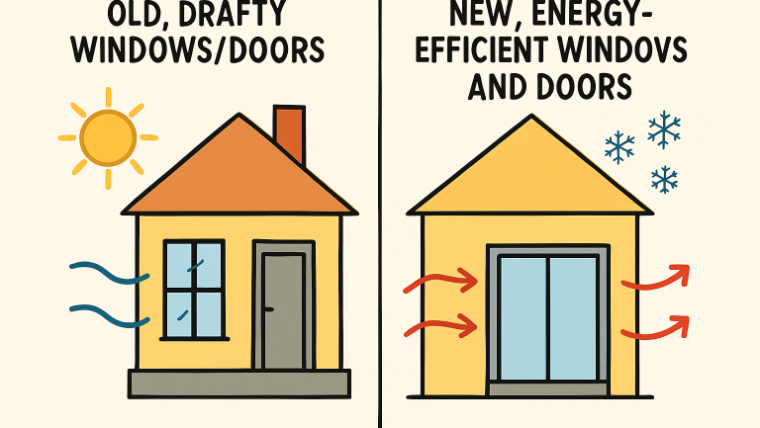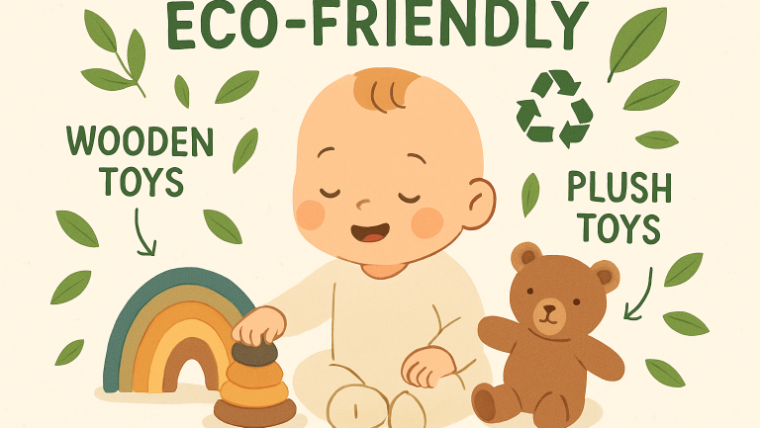Ferrous metal recycling is undergoing a significant transformation as sustainability, efficiency, and cutting-edge technology converge. Innovations at every stage of the recycling process are helping to reduce environmental impact, meet regulatory requirements, and build a circular economy for steel and iron products. Many plants are now adopting sustainable methods for ferrous metal recycling, reducing emissions while improving quality and profitability. Recycling ferrous metals responsibly not only conserves natural resources but also significantly reduces energy use compared to processing virgin ore. The new wave of green advancements includes AI-powered systems, hydrogen-based amendments, electrification, and state-of-the-art logistics—all key components driving the sector’s evolution. These breakthroughs are pushing the industry towards carbon neutrality while enabling innovation in manufacturing and construction.
Table of Contents
AI-Powered Sorting Systems
Advanced sorting technologies, powered by artificial intelligence, are revolutionizing the recovery of ferrous metals from mixed waste streams. Modern plants deploy AI-driven optical sorting machines, which harness machine vision, deep learning, and hyperspectral imaging to distinguish ferrous metals from other materials at unprecedented speeds. Robotic systems can achieve sorting accuracies that are well beyond those of manual or even older automated methods, dramatically reducing cross-contamination and improving material recovery rates.
Hydrogen-Based Reduction Methods
Traditional iron and steelmaking, long considered primary sources of CO₂ emissions, have become targets for deep decarbonization. Hydrogen-based reduction methods are emerging as the gold standard for cutting carbon emissions at the source. By using hydrogen instead of carbon as the primary reductant during the conversion of iron ore to steel, these systems can significantly reduce emissions. Although access to affordable “green hydrogen” remains a challenge, research and pilot projects worldwide are accelerating, signaling a strong path forward, even for energy-intensive sectors.
Electrification of Plant Equipment
One of the most apparent shifts in modern recycling plants is the transition from fuel-powered machinery to all-electric systems. Electric shredders, balers, magnets, and cranes are increasingly being powered by renewable energy, supporting goals to eliminate indirect emissions and future-proof plant operations. Many facilities have already pledged to be fully electrified by 2030, betting on falling renewable power costs and enhanced operational efficiency. This change is especially impactful in regions with clean electricity grids, where end-to-end processes can become almost entirely fossil-fuel-free.
Carbon Capture and Heat Recovery
State-of-the-art carbon capture systems provide a solution to intercept process emissions before they reach the atmosphere. Facilities that have integrated such systems can utilize captured CO₂ on-site, often to power turbines and reduce overall plant energy demand, thereby lowering emissions by up to 40% in some instances. Simultaneously, advanced heat recovery technologies recycle thermal energy from smelting and processing lines, helping to preheat incoming scrap or operate ancillary equipment. These innovations not only reduce pollution but also lower operational costs and resource consumption—a win for both the environment and business.
Green Logistics
Logistics is another area ripe for sustainable transformation in the recycling industry. The adoption of hydrogen-fueled trucks, electric rail links, and dynamic route optimization software enables recycling companies to minimize the carbon footprint of transporting scrap materials. Innovative logistics solutions also reduce delays, support efficient plant scheduling, and boost overall throughput. New pilot programs focused on green logistics are crucial in reducing emissions associated with the heavy industries that rely on recycled ferrous metals.

Advanced Smelting Techniques
Modern smelting isn’t just about melting scrap metal—it involves recovering the highest value with the lowest energy input. Innovations such as vacuum and induction melting are enabling facilities to recover metals from increasingly varied waste streams, including shredded vehicles and electronics. By operating at more precisely controlled temperatures and in inert atmospheres, such techniques consume less energy than traditional furnaces and produce fewer emissions. They also accelerate material recovery, minimizing both residual waste and landfill dependency.
3D Printing from Metal Scrap
As additive manufacturing becomes mainstream, 3D printing from metal scrap is rapidly gaining appeal. Plants now convert recycled metals into fine powders or filaments for advanced industrial printers, enabling the creation of new machine parts, construction staples, and even bespoke healthcare solutions. This process gives a second life to materials that might otherwise be downcycled or discarded, bridging the gap between recycling and next-generation manufacturing.
Conclusion
The surge in green innovations at ferrous metal recycling plants is shaping the industry’s future. AI-powered sorting, hydrogen reduction, full-scale electrification, advanced smelting, and sustainable logistics collectively offer the tools needed for low-carbon, high-efficiency recycling. By embracing these solutions, forward-thinking operators are answering the call for a healthier planet while tapping into new business opportunities. As adoption spreads and technology advances, ferrous metal recycling will continue to be a cornerstone of global efforts toward sustainability and resource conservation.


